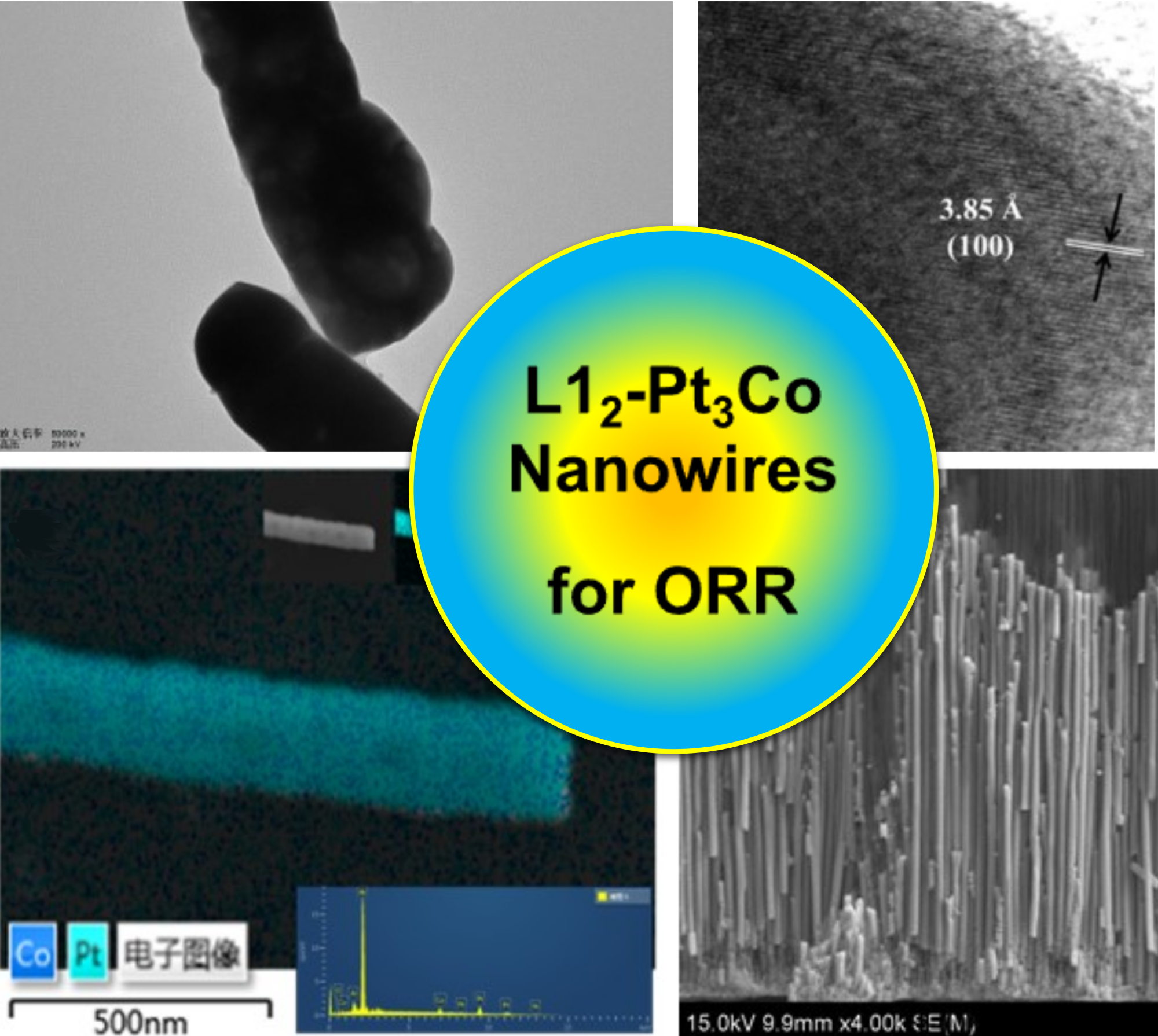The chemical process known as the oxygen reduction reaction (ORR) makes it possible to use hydrogen as a clean fuel in modern fuel cells to produce heat and power. For this reaction, platinum metal is typically used as a catalyst. However, its main drawbacks are its expensive price of platinum (about 930 $/troy oz) and its limited availability in the Earth’s crust.

Image Credit: igurehemiews.png
Scientists have been working on new ways to replace platinum over the past 20 years with more affordable and plentiful metals like cobalt, iron, and nickel. Pt3Co alloys have demonstrated superior ORR activity.
Researchers at Shenzhen University in China have created a technique for creating ordered L12-Pt3Co nanowires, which demonstrate some of the best ORR activity observed to date. By varying the concentration of the solution and the deposition potential, the electrochemical diffusion-limited approach used to produce the nanowires enables the co-deposition of Co and Pt atoms.
A variety of techniques have been used to characterize the nanowires, including X-ray diffraction, magnetic hysteresis, field emission scanning electron microscopes (FE-SEM), high-resolution scanning electron microscopy (HR-TEM), and cyclic and linear scanning voltammetry (CV and LSV) to assess their ORR catalytic activity.
The features of the nanowires are highly advantageous for their industrial application, including their strong electrocatalytic activity, minimal hydrogen peroxide generation, inherent stability, resistance to reaction conditions, and high tolerance against carbon monoxide poisoning.
The exceptional performances of the catalyst are caused by the magnetic behavior of the surface, which is induced by quantum spin interactions originating from the ordered alloyed cobalt atoms. This was demonstrated by the MagnetoCat SL team in Alicante, Spain, during their investigation of the mechanistic aspects of the surface reactivity of these novel L12-Pt3Co nanowires.
Journal Reference:
Su, Y., et. al. (2023) Ferromagnetic L12-Pt3Co Nanowires with Spin-Polarized Orbitals for Fast and Selective Oxygen Reduction Electrocatalysis. Advanced Functional Materials. doi:10.1002/adfm.202311618